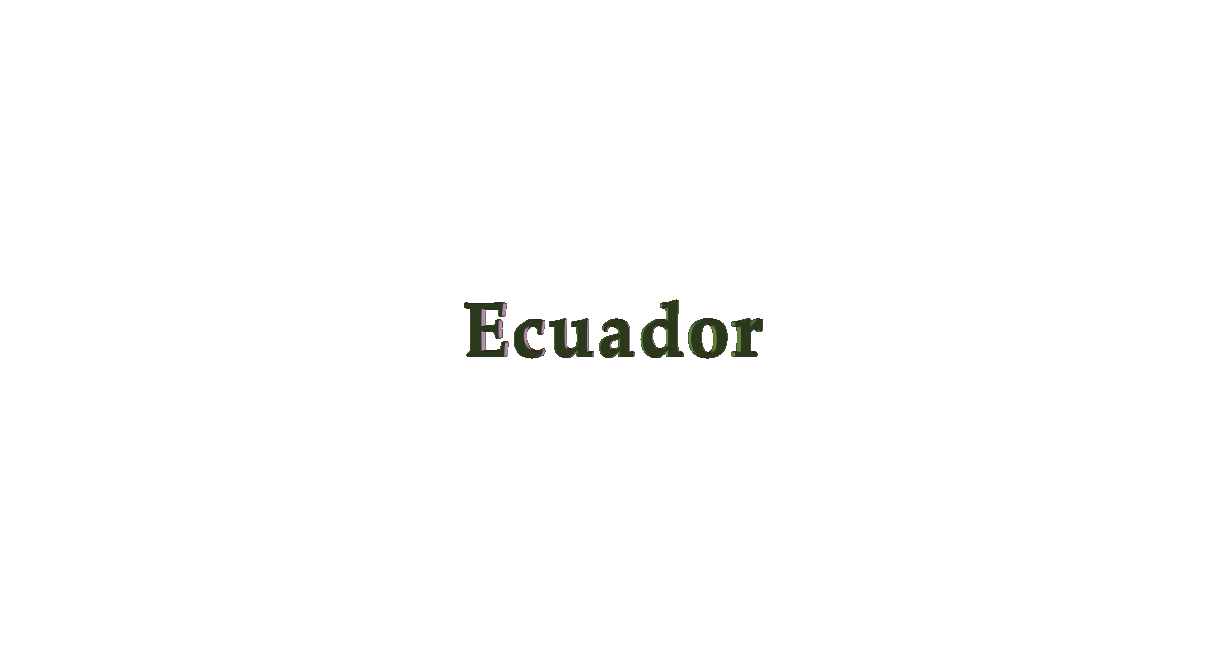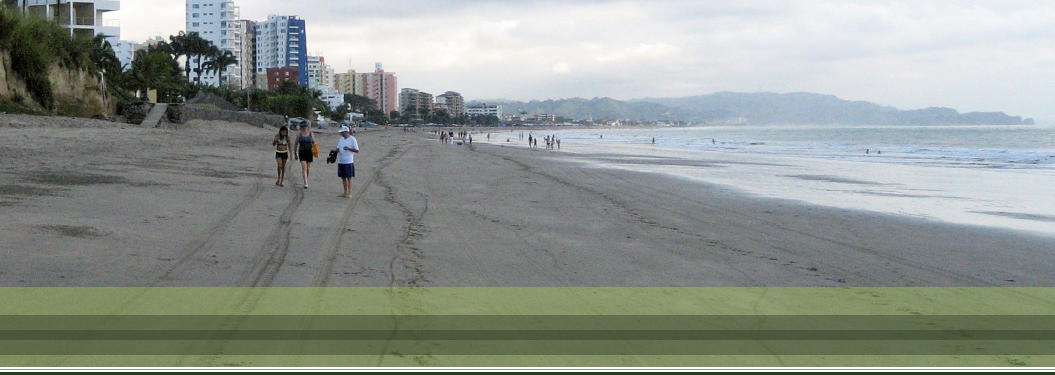


Amazonian Country Located at he heart of the Equatorial Line

©1996 el-ecuador.com - All rights reserved. - This Web site was created and maintained by: Fernando Silva
This site was last updated on: August, 2, 2022


Coast
Pacific Coast of Ecuador
Along the coastal area you will find beautiful beaches and rugged cliffs that combined create breathtaking scenery. The cove's mangroves and marine environments provide an ideal habitat for fish and shellfish. Unfortunately, the expansion of shrimp farms, one of Ecuador's main export products, has diminished the huge areas of mangroves in the inlets. Manabí, Guayas, El Oro and Esmeraldas are the four provinces that make up the Ecuadorian coastline. Temperatures along the coast range from 23 ° C (73.4 ° F) in the south to 26 ° C (78.8 ° F) in the north. The coastal climate is mainly influenced by the proximity to warm or cold ocean currents that come from both the south and the north. In the northern corner of Ecuador, we find the busy port of Esmeraldas. Europeans first touched Ecuadorian soil here, when the Spanish landed on the Pacific coast in 1526, they encountered a native culture called the Atacames. These people used gold and silver as settings for green emeralds, the conquerors believing that the region was abundant in sparkling gems, they called it Emeralds. Esmeraldas It is the capital of the province, here is located the terminal of the Ecuadorian Trans-Andean Pipeline that runs from the Amazon Region, and this line transports around 450,000 barrels of black gold per day. Located in the northernmost part of Ecuador is Esmeraldas, also known as the green providence. About a five-hour drive from Quito, visitors can enjoy unspoiled landscapes, mangroves, flooded tropical forests, and estuaries. Atacames is a great place for travelers, seafood, beaches, and people are something everyone enjoys around here. Esmeraldas is the wettest coastal province, summer is a little less rainy than the rest of the year, almost every night the sun sets a spectacular red and a bright horizon. Manabí is located in the center of the Ecuadorian coast. Its capital is Portoviejo, this was the first city founded by the Spanish on the Ecuadorian coast by Francisco Pacheco on March 12, 1535. This province is crossed by the Equatorial Line; its extension corresponds to 6.97% of the Ecuadorian territory. The name of the province is the result of the union of two Quechua words, Mana (nothing) and Pi (water) "nothing of water". It is the belief that the Mayans arrived in this area 1,500 years ago, at that time the region was already inhabited by a group of indigenous people called Mantas, this is confirmed by the objects found in the region. Manabí has the second largest port in Ecuador, the port of Manta located in the city of Manta. The beaches are among the most beautiful in Ecuador, the variety of food is excellent and delicious, especially the seafood. History tells us that this city was attacked, attacked and destroyed many times by pirates in 1543, 1607 and 1628.Guayaquil
Guayaquil It is the capital of the Guayas province and the largest city in Ecuador, founded on July
25, 1538 with the name of "Santiago de Guayaquil" by the Spanish conqueror Francisco de
Orellana. Located on the western side of the Guayas River about 40 miles north of the Gulf of
Guayaquil, this city is the most populated in the country with approximately 3.7 million people.
With the largest port in Ecuador, the
province of Guayas has the largest
commercial activity in the country. Its
economy revolves around; trade,
fishing, agriculture, tourism and lately
biofuels. Products such as: bananas,
coffee, cocoa, rice, sugar cane,
soybeans, cotton, citrus fruits and
other tropical products are
extensively cultivated along the coast
of Ecuador, both for the national and
international markets.
Ecuador first entered the international
banana market in 1910, since then it has
become the largest producer and exporter of bananas in the world. Around 130,000 hectares are
dedicated to the production of the fruit, and now exports exceed 2.5 million tons per year. Ecuador
has been one of the largest producers and exporters of coffee and cocoa for more than a century.
Guayas is well known around the world for the many varieties of fish caught there, the fishing
season lasts all year round and has become the largest producer of pond-farmed shrimp in the
Western Hemisphere and the fourth largest in the world. . Some of the most important seafood
products are: sole, sea bass, halibut, dolphin, swordfish and many others.
Guayaquil, known more for its business skills than as a vacation destination, has some interesting
points of interest and historical areas. Like Guayaquil, the province of Guayas offers its visitors
beautiful beaches such as Montañita, Punta Blanca, Playas and Punta Arenas.


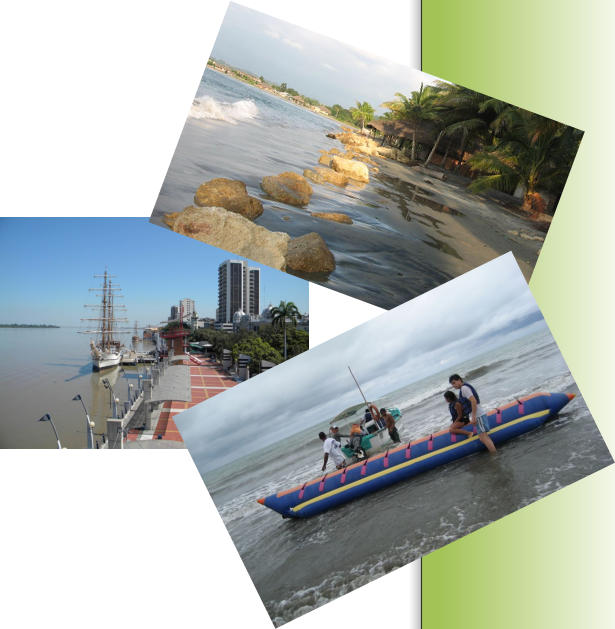
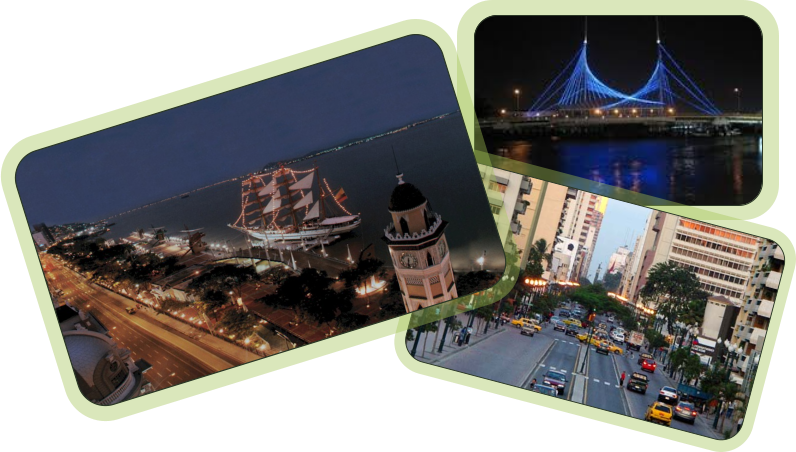
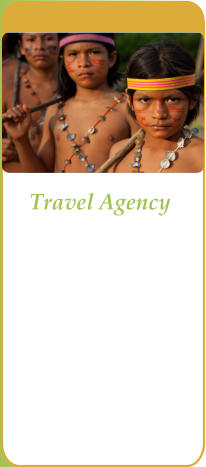
Your Name Here
Advertise with us and
expose your company
worldwide..
Anuncie con nosotros y
exponga su compañía
ante todo el mundo.
Contact us
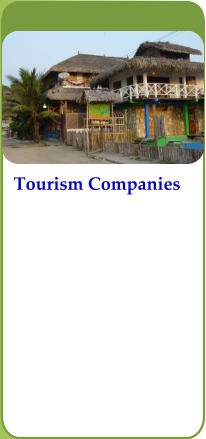
Your Name Here
Advertise with us and
expose your company
worldwide.
Anuncie con nosotros y
exponga su compañía
ante todo el mundo.
Contact us
